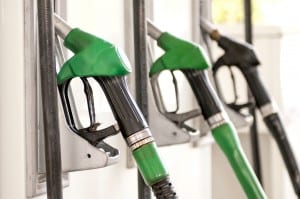
Most modern cars run on petrol or diesel fuel. This is contained in a tank usually located at the rear of the car. It needs to be regularly filled in order for the car to run. In order to ensure the good performance of your vehicle you should always try to keep your petrol tank at least 20% full – any less than this and impurities at the bottom of the tank can get into your engine and damage the pistons. If you suddenly find your car is losing petrol more rapidly than before, you should get it checked out at a service centre as the tank may have developed a leak. The process of filling your tank is fairly easy – it is the same for diesel fuel as petrol – in our example if you’ve got a diesel powered car just substitute the term diesel fuel for petrol.
- Take note of where the petrol cap is situated on your car. When pulling up to the pump, unless the unit specifically features long fuel lines you’ll need to make sure that your cap is facing the pump. Be sure to select the right kind of fuel for your car- there is nothing worse than filling a diesel engine up with petrol or vice versa as this can destroy your engine.
- Release the cap for your car’s petrol tank. In older cars there may well be a flap over the cap that can be opened manually and then the cap itself can be removed with a separate key. In newer cars there’s usually a special handle, sometimes located by the driver’s door, other times in the glove compartment, which can be pulled to release the petrol cap.
- Remove the cap from the car and place it somewhere where you can locate it easily. Most people like to rest the cap on the top of their car or somewhere similar. It’s now just a case of placing the nozzle gun from the petrol pump into the opening and checking that all the counters on the pump are at the zero level before you start pumping.
- Squeeze the trigger on the pump nozzle – this should start a mechanical process that will pump the petrol into your tank. Watch to ensure the counters on the body of the pump are going up – indicating the flow of petrol into your tank. There are two types of nozzles. Some have a special locking latch that will hold the trigger in place, then when your petrol tank is full you’ll hear a click and the trigger will automatically release. If you’re using a manual nozzle you should squeeze the trigger until you hear the click yourself.
- Finally replace the cap and make a note of the amount of money that’s noted on the display of the pump. Pay the attendant in the kiosk the appropriate amount. Make sure you have enough money before you start pumping petrol into the car as you will have to fill out a number of forms if you cannot afford to pay your bill and return to the petrol station or face legal action.

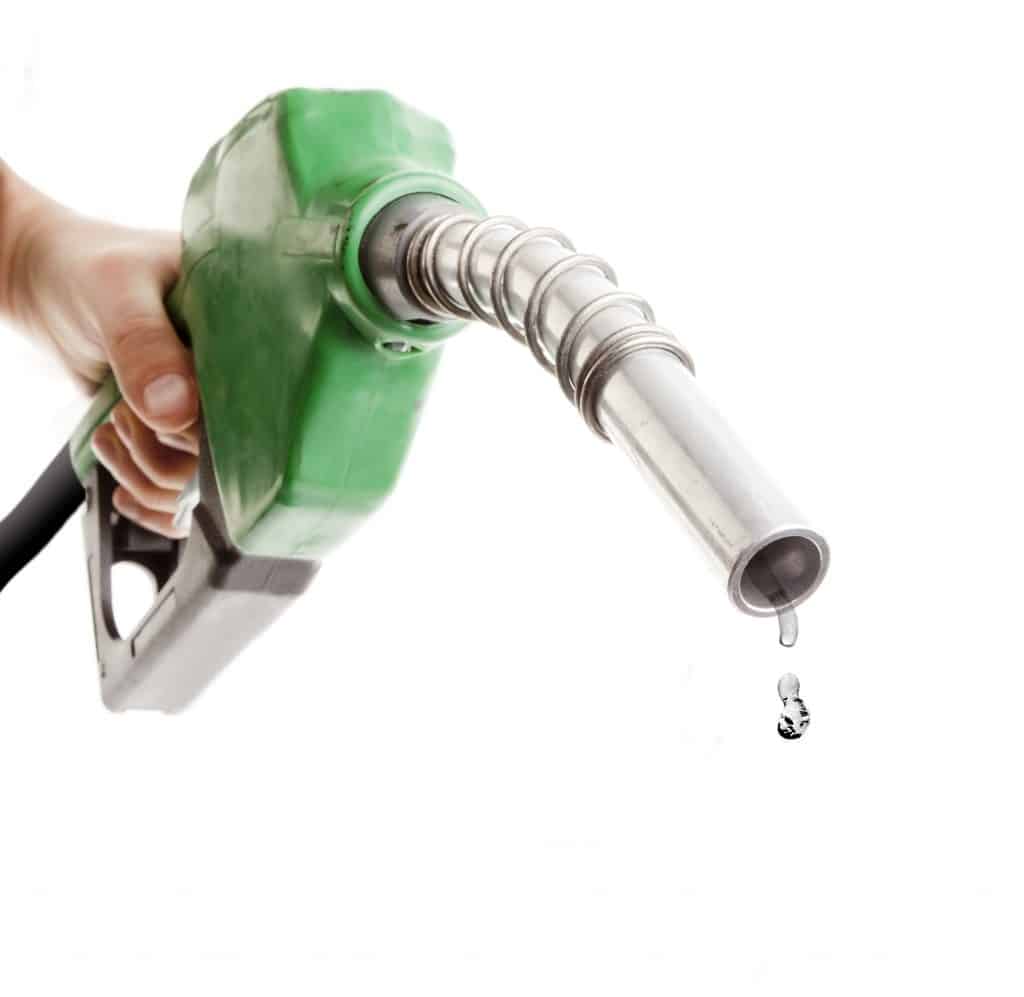
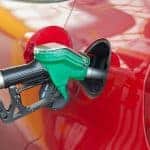
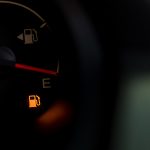
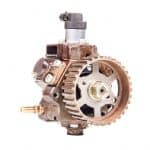
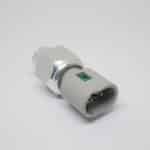
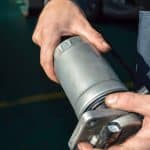
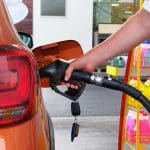
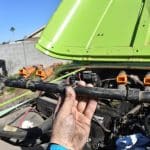

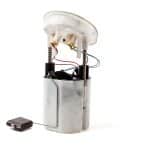
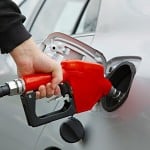
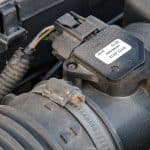
.png)